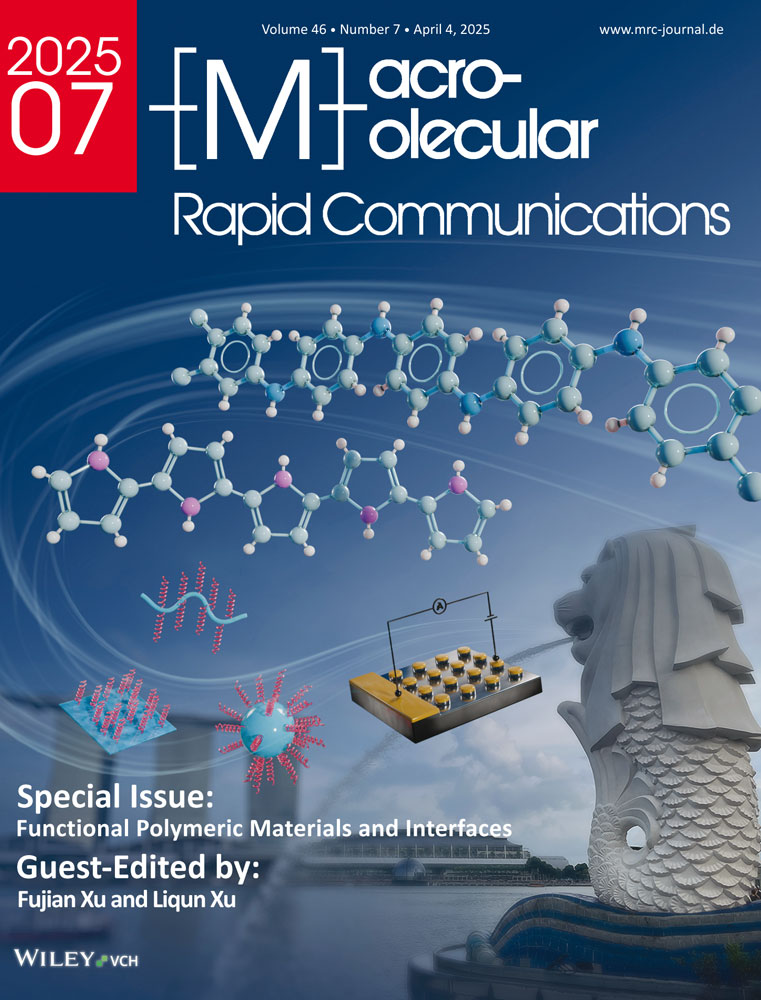Exploiting Photoinduced Atom Transfer Radical Polymerizations with Boron-Dopant and Nitrogen-Defect Synergy in Carbon Nitride Nanosheets
Abstract
Graphitic carbon nitrides (g-C3N4) possess various benefits as heterogeneous photocatalysts, including tunable bandgaps, scalability, and chemical robustness. However, their efficacy and ongoing advancement are hindered by challenges like limited charge-carrier separation rates, insufficient driving force for photocatalysis, small specific surface area, and inadequate absorption of visible light. In this study, boron dopants and nitrogen defects synergy are introduced into bulk g-C3N4 through the calcination of a blend of nitrogen-defective g-C3N4 and NaBH4 under inert conditions, resulting in the formation of BCN nanosheets characterized by abundant porosity and increased specific surface area. These BCN nanosheets promote intermolecular single electron transfer to the radical initiator, maintaining radical intermediates at a low concentration for better control of photoinduced atom transfer radical polymerization (photo-ATRP). Consequently, this method yields polymers with low dispersity and tailorable molecular weights under mild blue light illumination, outperforming previous reports on bulk g-C3N4. The heterogeneity of BCN enables easy separation and efficient reuse in subsequent polymerization processes. This study effectively showcases a simple method to alter the electronic and band structures of g-C3N4 with simultaneously introducing dopants and defects, leading to high-performance photo-ATRP and providing valuable insights for designing efficient photocatalytic systems for solar energy harvesting.
Conflict of Interest
The authors declare no conflict of interest.
Open Research
Data Availability Statement
The data that support the findings of this study are available from the corresponding author upon reasonable request.




